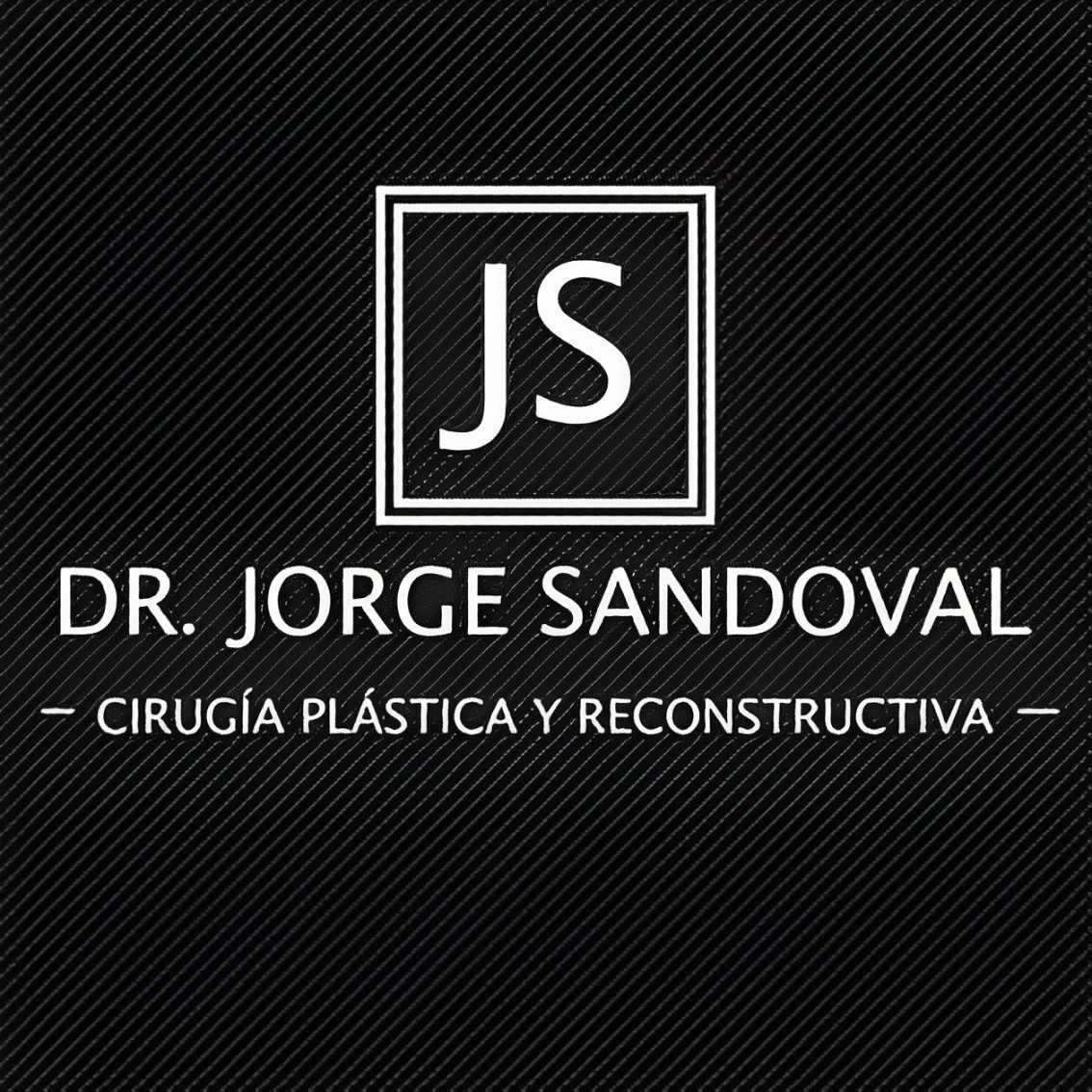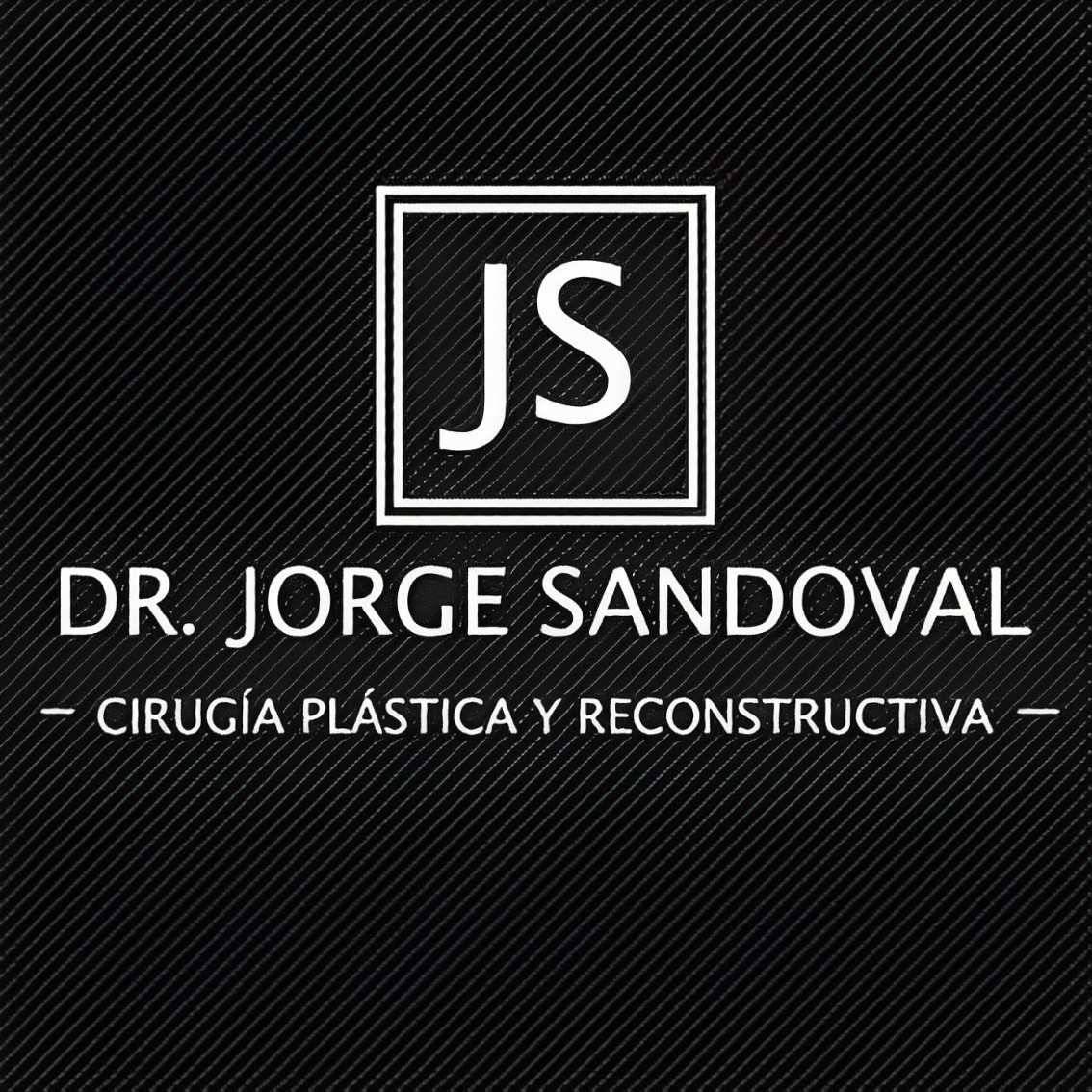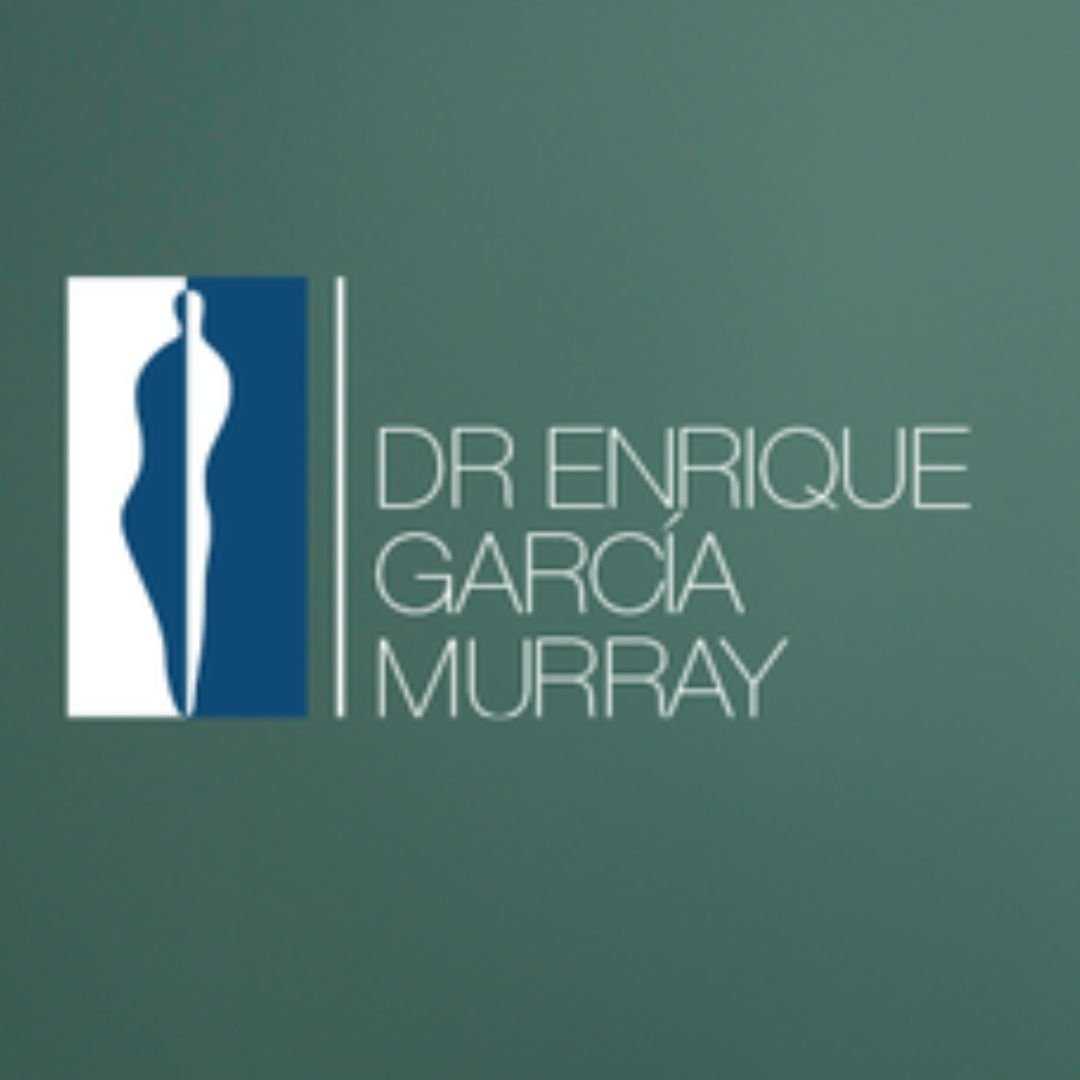Safety Checklist for Facelift in Mexico
.jpg)
Embarking on a journey for cosmetic surgery, particularly a facelift, in another country like Mexico, can be an appealing prospect due to potential cost savings. However, it's essential to approach this decision with a clear understanding of the 'risks of getting a facelift in Mexico.'
While many clinics offer high-quality care, the landscape of medical tourism can present unique challenges, from ensuring surgeon qualifications to navigating different healthcare regulations and managing post-operative recovery away from home.
Understanding these potential pitfalls is the first step toward making an informed choice and minimizing any adverse outcomes. This guide will delve into the various risks associated with undergoing a facelift in Mexico, providing comprehensive insights into surgical complications, differences in medical standards, and the crucial aspects of aftercare, all to help you make a safe and well-considered decision about your aesthetic journey.
What are the general risks of getting a facelift in Mexico?
While the allure of a more affordable facelift in Mexico is strong, it's important to recognize that all surgical procedures carry inherent risks, regardless of location. These universal risks include bleeding, infection, scarring, nerve damage, dissatisfaction with aesthetic results, and complications related to anesthesia. When considering a facelift in Mexico, these standard risks are compounded by factors unique to medical tourism.
Additional considerations include potential discrepancies in medical standards and facility accreditation compared to your home country. You might also encounter challenges with communication due to language barriers, which can impact informed consent and clear post-operative instructions. Furthermore, managing complications after returning home can be difficult, as your local healthcare providers may be unfamiliar with the specifics of your foreign surgery.
Are Mexican plastic surgeons as qualified as those in other countries?
Yes, many Mexican plastic surgeons possess excellent qualifications, having completed rigorous training programs and often holding certifications from the Consejo Mexicano de Cirugía Plástica, Estética y Reconstructiva (CMCPER), which is the recognized board for plastic surgery in Mexico. Some surgeons also pursue international fellowships or certifications, bringing a wealth of experience and expertise to their practice.
However, like any country, the quality and qualifications can vary significantly. Not all practitioners performing cosmetic procedures in Mexico are board-certified plastic surgeons. It is imperative for patients to thoroughly research a surgeon's credentials, verify their board certification, check their professional affiliations, and review patient testimonials and before-and-after photos. A reputable surgeon will be transparent about their qualifications and happy to provide this information.
What are common complications associated with facelifts performed in Mexico?
The complications associated with facelifts, whether performed in Mexico or any other country, are largely universal. These can include:
- Hematoma: A collection of blood under the skin, which may require surgical drainage. This is the most common major complication.
- Infection: Though rare, surgical sites can become infected, potentially requiring antibiotics or further intervention.
- Nerve Injury: Temporary or, in rare cases, permanent damage to facial nerves can lead to weakness or paralysis of facial muscles.
- Asymmetry: The face may not appear perfectly symmetrical after surgery.
- Skin Necrosis: Tissue death can occur if blood supply to the skin is compromised, particularly in smokers.
- Unfavorable Scarring: While incisions are typically hidden, scarring can sometimes be more noticeable than desired.
In the context of a facelift in Mexico, these complications can be exacerbated if the facility lacks stringent sterilization protocols, if the surgeon's experience is insufficient, or if effective communication regarding pre- and post-operative instructions is lacking. Difficulty with immediate follow-up care due to travel can also make timely intervention for complications challenging.
How does infection risk differ when getting a facelift in Mexico?
The risk of infection after a facelift is a concern with any surgical procedure. When considering a facelift in Mexico, the perceived risk can sometimes be higher due to varying standards of hygiene and sterilization practices across different clinics. While many top-tier Mexican hospitals and clinics operate with international accreditations and maintain excellent standards, others may not.
Patients must diligently research the facility's cleanliness, sterilization protocols, and overall reputation. Additionally, post-operative care and adherence to antibiotic regimens are critical. Any breakdown in communication regarding wound care instructions, or if a patient travels too soon after surgery, could also increase the risk of developing an infection.
What language barriers might I face during a facelift in Mexico?
One significant risk of getting a facelift in Mexico, particularly for English-speaking patients, is the potential for language barriers. While many surgeons and staff catering to medical tourists in popular destinations will speak English, it is not guaranteed across all clinics or for all levels of staff, especially during off-hours or in smaller facilities. Effective communication is paramount in medical settings, from the initial consultation to post-operative instructions.
Misunderstandings due to language differences can lead to critical issues, such as misinterpreting surgical expectations, medication instructions, or warning signs of complications. It's vital to confirm that your surgeon and key medical staff are fluent in a language you understand perfectly.
Consider bringing a trusted translator if there's any doubt, or ensure the clinic explicitly offers professional translation services throughout your entire treatment process for your facelift in Mexico.
What happens if there are complications after returning home from a Mexican facelift?
This is one of the most significant risks associated with medical tourism, including getting a facelift in Mexico. If complications like infection, severe swelling, hematoma, or nerve issues develop after you have returned to your home country, seeking immediate medical attention from your local doctors is crucial. However, this process can be complicated.
Your local physician may not be familiar with the specific surgical techniques used or the details of your procedure in Mexico, potentially making diagnosis and treatment more difficult.
Your insurance might also not cover complications arising from elective surgery performed abroad, leading to unexpected out-of-pocket expenses. Before undergoing a facelift in Mexico, discuss potential complication management with both your chosen Mexican surgeon and your primary care physician at home.
How does the cost of a facelift in Mexico compare to the risks involved?
The primary driver for many patients considering a facelift in Mexico is the substantial cost savings compared to procedures in countries like the United States or Canada. A facelift in Mexico can often be priced at 50% to 70% less. While this financial appeal is undeniable, it's crucial to understand that a lower price doesn't always equate to good value, especially when health and safety are concerned.
Patients must factor in not just the surgical fee, but also travel costs, accommodation, potential language services, and the cost of extended stays for recovery. More importantly, the true "cost" includes the potential for increased risks:
| Cost Factor | Associated Risk/Consideration |
|---|---|
| Lower Surgical Fee | Could indicate less experienced surgeon, lower quality materials, or inadequate facility standards. |
| Travel & Accommodation | Risk of DVT from long flights, stress of travel impacting recovery, feeling isolated without local support. |
| No Local Follow-up | Cost of seeking local medical care for complications, which may not be covered by insurance. |
| Potential for Revision Surgery | If the initial result is unsatisfactory or complications occur, the cost and effort of returning for revision surgery are significant. |
Weighing these potential risks against the financial savings is a deeply personal decision, but it's crucial to acknowledge that the lowest price often does not come without compromises in other areas.
What are the accreditation standards for clinics offering facelifts in Mexico?
Accreditation for medical facilities, including those offering facelifts in Mexico, can range significantly. Mexico has its own national accreditation bodies, but clinics specifically catering to international medical tourists often seek additional accreditations from globally recognized organizations. The most prominent international accreditation is from the Joint Commission International (JCI).
JCI accreditation signifies that a hospital or clinic meets stringent international standards for patient safety and quality of care. Many reputable facilities in Mexico have achieved this. However, not all clinics will have JCI or equivalent international accreditation.
It's critical for patients to verify the specific accreditations of the clinic they are considering. Lack of internationally recognized accreditation doesn't automatically mean poor quality, but it does require more thorough independent vetting by the patient.
Are there specific risks for medical tourists seeking treatment for chronic diseases in Mexico?
While the focus here is on facelifts, it's important to understand the broader context of medical tourism risks, especially for individuals with pre-existing or chronic health conditions who might consider Mexico for various treatments. Patients with chronic diseases like diabetes, heart conditions, or autoimmune disorders face elevated risks during any medical procedure, and these can be amplified when traveling for care:
- Continuity of Care: There can be a significant gap in information transfer between your local doctors and the medical team in Mexico, potentially leading to incomplete medical histories or miscommunications about ongoing treatment.
- Managing Medications: Ensuring you have the correct medications, dosages, and understanding of potential interactions with new medications prescribed in Mexico can be challenging. Pharmacy availability and drug formulations might also differ.
- Travel Stress: Traveling, especially long distances, can exacerbate chronic conditions. The stress of being in an unfamiliar environment while recovering from surgery can also impact overall health and healing.
- Emergency Preparedness: In the event of an acute exacerbation of a chronic condition, navigating a foreign healthcare system for emergency care can be daunting.
For a facelift patient with chronic conditions, these factors mean an even greater need for meticulous pre-operative clearance from their home doctors and clear communication with the Mexican surgical team about all existing health issues and medications.
How can I verify a Mexican clinic's reputation and surgeon's experience for a facelift?
Diligent research is the most powerful tool to mitigate the risks of getting a facelift in Mexico. Verifying the reputation of a clinic and the experience of a surgeon is paramount:
- Board Certification: For surgeons, verify certification with the Consejo Mexicano de Cirugía Plástica, Estética y Reconstructiva (CMCPER). This ensures they have met rigorous training and ethical standards.
- Clinic Accreditation: Look for international accreditations like JCI (Joint Commission International) or national accreditations that signify adherence to high safety and quality standards.
- Online Reviews and Testimonials: Search independent review platforms, forums, and social media groups for unbiased patient experiences. Look for consistent positive feedback and how the clinic handles any negative comments.
- Before-and-After Photos: Request a portfolio of the surgeon's previous facelift work. Pay attention to consistency in results and ensure the photos are clear and well-documented.
- Virtual Consultations: Schedule a video consultation with the surgeon to discuss your goals, ask questions, assess their communication style, and gauge your comfort level. This also allows you to evaluate if there are any language barriers.
- Ask Detailed Questions: Inquire about the surgeon's specific experience with facelifts, the types of anesthesia used, emergency protocols, and their plan for post-operative care and potential complications.
By taking these steps, you can significantly increase your chances of finding a qualified and reputable provider for your facelift in Mexico.
Considering medical procedures abroad requires careful planning and comprehensive information. If you're exploring options for a facelift or other healthcare services, PlacidWay can help you connect with reputable clinics and experienced surgeons globally, providing the resources you need to make informed decisions about your medical journey.


.png)






-for-Vancouver-Patients-in-Guadalajara,-Mexico.jpg)







Share this listing